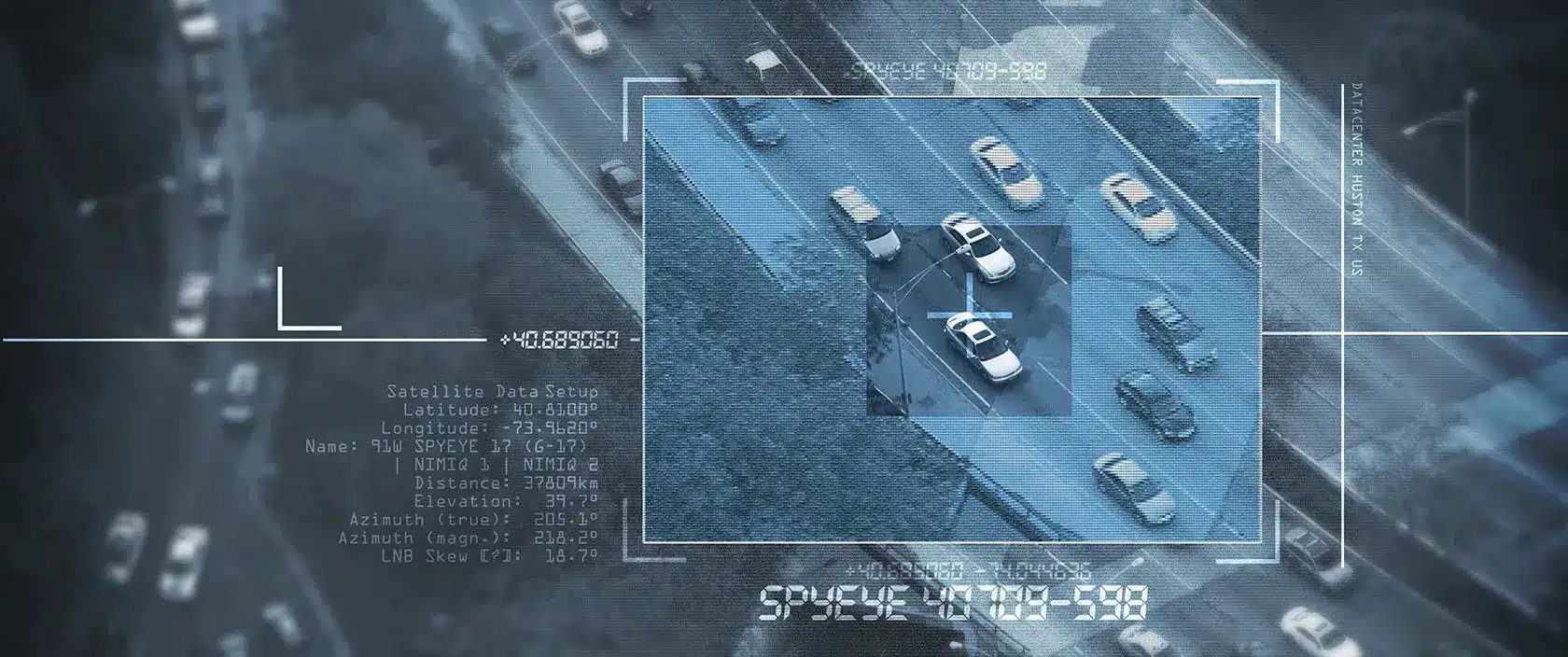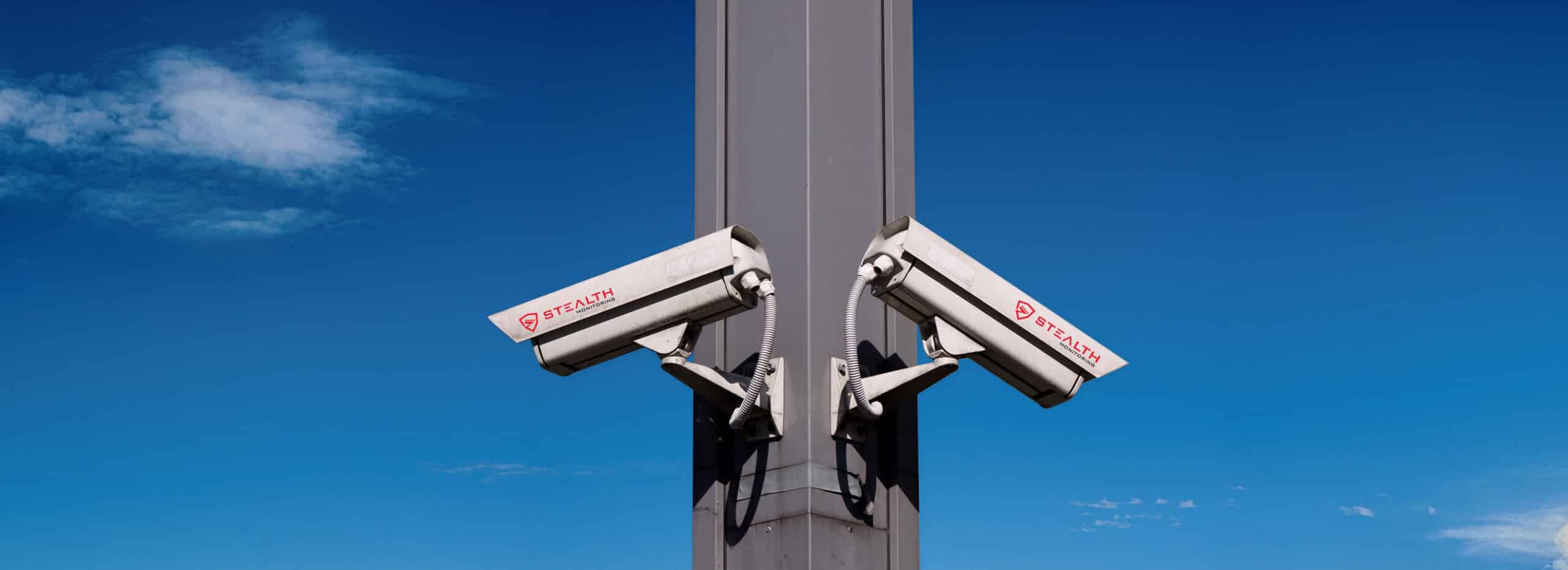The previous year has been one of fluctuation thanks to inflation, supply chain problems, and the shortage of workers across industries. As leaders look ahead to 2023, they need to know about these physical security trends to ensure they protect their people, assets, and operations.
4 Security Trends in 2023
Implementing these four security trends of 2023 will help maximize safety and protect the company’s assets.
1. Proactive Security with Remote Video Surveillance
Security cameras without monitoring turn the security system into a passive one. They simply watch, and maybe record, what happens. They don’t have the ability to act. When you add video analytics, you level up the video surveillance capabilities.
Unlike traditional security technologies, remote video surveillance is different because it provides proactive security. This is the combination of security cameras, video analytics, and human monitoring. This ensures your business has the highest level of security. At the same time, it helps lower your risk and liability.
An effectively designed remote video surveillance system has the ability to watch over the entire property, including inside and around the building. Everything the cameras see is recorded, making it accessible at any time.
Companies should hire a security vendor with experience in their industry. These vendors review the business property, along with the company’s specific requirements, and make recommendations. Setting up the security cameras involves strategically placing security cameras around the business. This allows for the optimization of the security system for the property.
Some security vendors, like Stealth Monitoring, have monitoring centers located away from your business. At these centers, trained monitoring operators work in conjunction with video analytics to watch cameras.
One of the advantages of this approach is that the lives of the remote security professionals are never in danger. The monitoring operators can make decisions without a fight or flight response getting in the way of the decision-making process. They are also highly unlikely to commit internal theft, being far away from the property- and onsite employees will have no idea who is doing the monitoring.
How can anyone do the tedious task of watching multiple cameras for hours? It can take its toll and cause the monitor to miss something. That’s why video analytics are important and part of proactive security. Besides, humans make mistakes. The chances of this are almost nonexistent when you pair video surveillance with analytics and trained security operators.
This is why remote video surveillance is a proactive security solution. It incorporates both trained monitoring operators and video analytics. Together, they can spot suspicious activity, often before a situation escalates. They can react quickly, issuing a verbal warning remotely over the two-way speakers.
If the trespassers don’t leave, then the monitoring operator contacts emergency services to have the police dispatched to the property. This often happens before any damage occurs. The advantage of involving humans is that they can make decisions on what to do. Technology doesn’t have this capability. It can’t report what’s happening. It’s too risky to have it calling emergency services and sharing incorrect information.
Video analytics also needs the monitoring operator to help it determine whether a person or vehicle is allowed to be on the property. Without humans, video analytics could cause a false alarm that would waste emergency resources.
You can take it a step further by integrating it with an access control system. This creates a powerful integrated security system. That brings up the next point.
2. Integrated Security
Integrating an access control system with video surveillance provides multiple layers of security. The more layers of security in place, the harder it becomes for brazen thieves to break through all of them. What belongs in an integrated security system depends on your company’s needs.
An integrated security system in some businesses may have any or all of the following:
- Video surveillance
- Remote monitoring
- Video review and analysis
- Access control
- Audio warning speaker
- License plate recognition
The combination of an access control system with trained monitoring professionals and security cameras allows the system to match the time stamp from the access control with the video. If these systems did not work together, it could create more work for the company.
For example, the access control system shows someone entered a limited-access room at a specific time and date. Without the security integration, the video analyst will be searching through hours and hours of video recordings to locate the needed footage.
On the flip side, an integrated security system can enhance efficiencies as it greatly cuts down the need to search for the recording. In short, integrated security simplifies monitoring and reporting while also bolstering security. Video surveillance that relies on video analytics and a trained monitoring operator is also an example of integrated security.
Whenever video analytics flags a potential problem, it notifies the operators. Humans and technology work together as the monitoring operator gives feedback to the video analytics. This helps the systems learn and become more accurate.
3. Supply Chain Affects Security Selection
The supply chain is still a problem, and it also impacts the security industry. It could potentially affect your options for proactive security. The availability of access cards and readers for access control systems can be unpredictable.
This is important to know so you can do your due diligence in searching for the right proactive integrated security system. You won’t necessarily have to settle for something that’s not ideal. Be sure to ask questions when talking to security vendors.
4. Security Training for Employees
Your security is only as strong as your weakest link. For example, you have an access control system managing who enters the building. An employee that props the door open for someone coming up behind them could be letting in a potential thief. The only way to stop this from happening is to train employees.
Security training needs to be part of the onboarding process for all new employees without exception. This training goes over a company’s security processes and procedures. They’ll learn not to prop the door open for strangers and what to do if they encounter an unsafe situation.
It’s not just new employees who need security training. Current employees should undergo refresher training at least once a year. This prevents complacency while delivering new information about security.
As the company holds security training, instructors need to ask employees to report problems and safety hazards. It should be easy to do while ensuring anonymity. Unfortunately, employees more likely than not won’t report problems. An EHS Daily Advisor article refers to research that indicates people say something only about 39% of the time.
If there’s one thing that you can’t overdo where safety and security are concerned, then that’s over communicating. Employees often won’t remember the first, second, or even third time they hear the message.
Being aware of these four security trends in 2023 will reduce your chances of having gaps in your security. As a bonus, proactive integrated security that contains video cameras with monitoring and an access control yields a fast return on investment.
Security Trend Delivers a Fast ROI
Inflation has made theft a very expensive problem. Of course, having items stolen is always expensive, but it’s become even more of an issue thanks to increased costs. When the company purchased its assets, the prices may have been much lower than they are today.
Thefts can cause more losses than simple inventory- there are costs associated to repair the damages due to break-ins, vandalism, and so on- especially with the cost of materials being higher. Proper repairs may require closing business, or at least part of it. If potential clients and others can see the damage, this can affect the company’s reputation.
Another benefit of an integrated security system with remote video surveillance is that it saves everything it captures. These recordings come in handy for fraud, injury, and liability claims. People will, on occasion, falsely assert they got hurt on your property, or that your facility damaged something of theirs. It can be hard to win these cases without solid proof. Those video recordings can ultimately save you a lot of money from these potentially costly claims.
Moreover, video cameras send a message to your insurance provider that you’ve worked to lower your risk by investing in a security solution. It shows you’re being proactive about creating a safe and secure environment. As a result, the insurance may lower your premiums.
How to Choose the Right Proactive Security System
Management gains peace of mind knowing that both video analytics and human intelligence are constantly reviewing and analyzing their property. In addition, the video cameras can save everything surveilled while the access control system affixes timestamps to the recordings.
Again, it defeats the purpose of security measures taken if employees let strangers into the facility. This is why ongoing training is a critical part of these four trends.
The right security vendor can design and implement an integrated security system that meets your budget and achieves your security and safety goals. Security companies like Stealth Monitoring can boost security and safety with a customized proactive integrated security system for your facility.
They will evaluate your facility and develop the right-sized security solution. In choosing to work with our team, you’ll gain access to security professionals who have experience in your industry. To learn more about video surveillance with monitoring, grab this guide on Remote Video Surveillance: More Than Just Catching Criminals. For customized security technology that fits your budget and gets a quick ROI, contact us. Texas Private Security License Number: B14187




